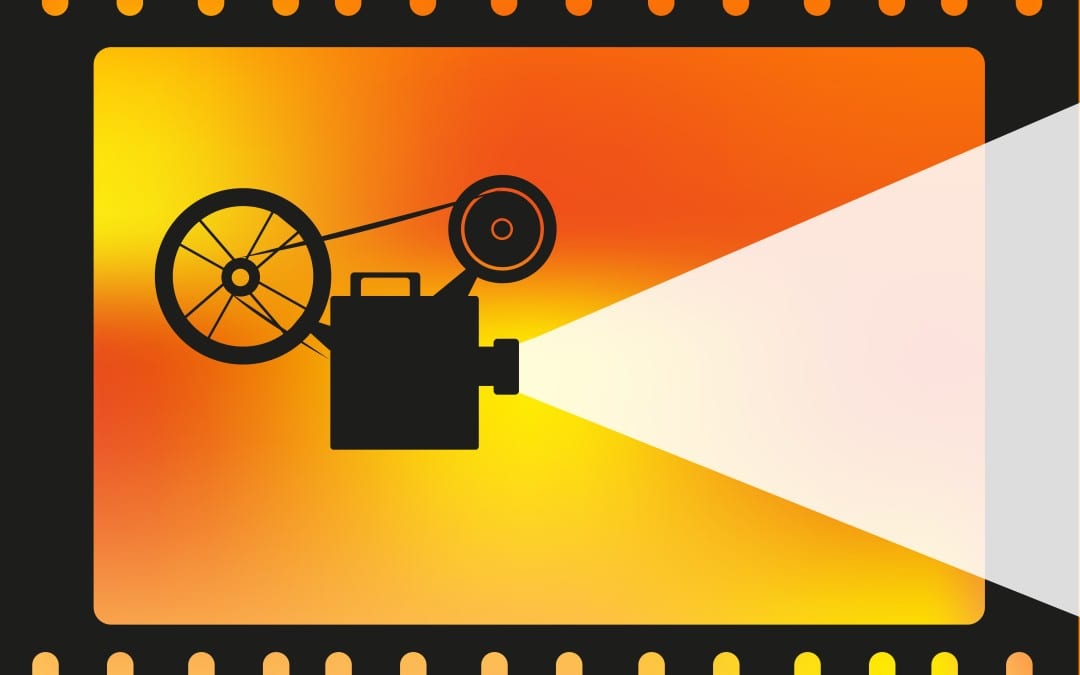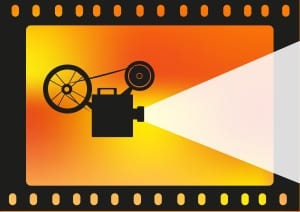The Blind Audition Can Bypass Costly Subconscious Prejudices That Lead to Poor Hiring Decisions
Hiring for results should be independent of the gender, the facial features, race, the ethnicity, the skin color, the age, the religion, the weight, the hair and dress style, or other features that do not have relevance to talent and performance. Subconscious biases are difficult to root out. These biases can result in hiring less qualified people simply because they look or act like us. Rational decision makers want to make a hiring decision based on who will best produce the results the interviewer is looking for. Despite what we have as a pre-formed image of the “right person,” that person may be just the person we are unlikely to hire based on first impressions. For example, the best hire may be the quirky creative type with 3 shades of hair and bright “over the top” clothing, or may have an accent, or be younger or older than we think is needed for the job. Maybe the person has self-educated to learn coding or graphic design, or perhaps tired of the formal education grind, completed only community college, but has an extraordinary ability to produce a collaborative project on schedule. Setting up the “blind audition” may reveal what a resume and slick interview cannot.
The Logic of the Blind Audition is Nothing New in Management Philosophy.
Management will tout that it assesses performance objectively by results. Then logically, it should also be ready to hire based on pre-hire results. The trick will be to model the work challenge to select for the most capable applicants. But the model is already in use by some companies, and can be adapted to your industry, company, and department. Using the “blind audition” alternative to the classical recruitment and interviewing model may bring innovation, efficiency, and yes, more of the “results” your company wants. And as a byproduct, it may contribute to a more diverse and interesting workforce.
Conclusion.
I am an employee rights attorney who sees his law practice as contributing to positive and just work relations between employer and employee, I can see how the Blind Audition can advance that goal. Evidence of a blind audition process would be persuasive defense and could save employers millions of dollars in discrimination settlements and verdicts.
The pernicious aspect of bias is that we often don’t know our biases because they operate subconsciously. One effective and efficient way to “out” our biases is to take an online free test offered through “Project Implicit” and sponsored by Harvard College. I’ve taken this test several times. The test results bring to awareness the deeply rooted attitudes that keep us from having the best and most productive relationships possible. Try the test: Harvard Project Implicit Test for Bias.


